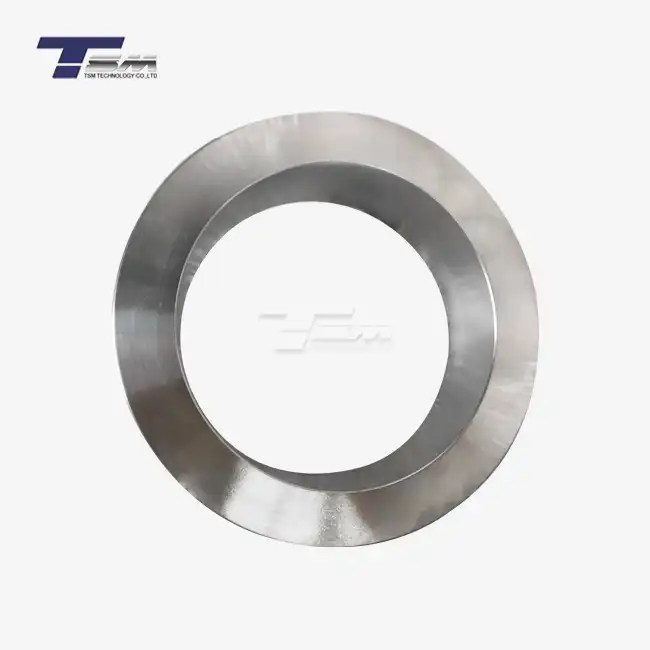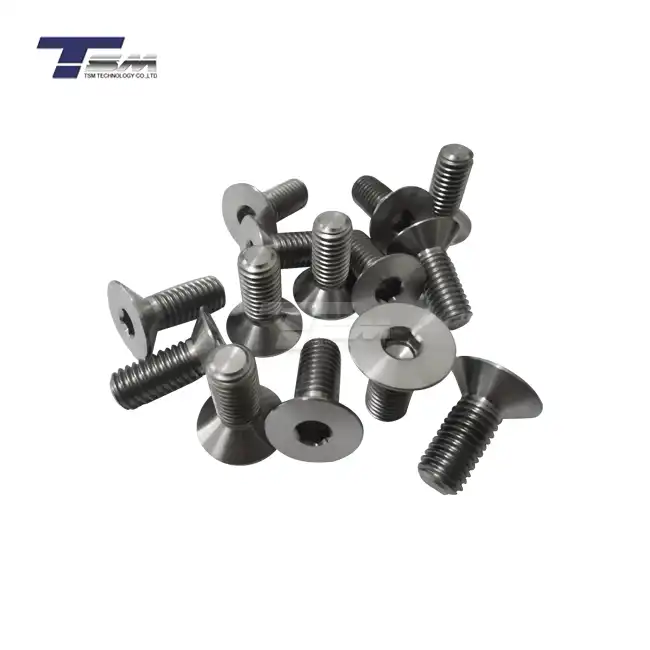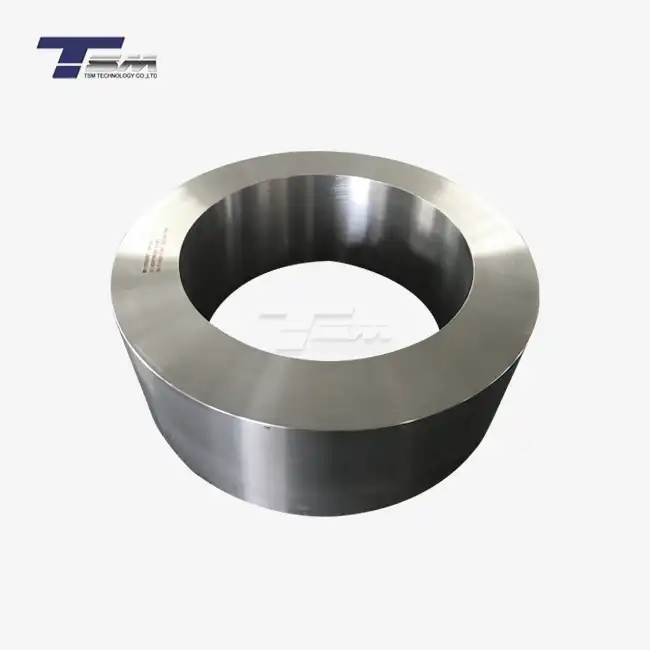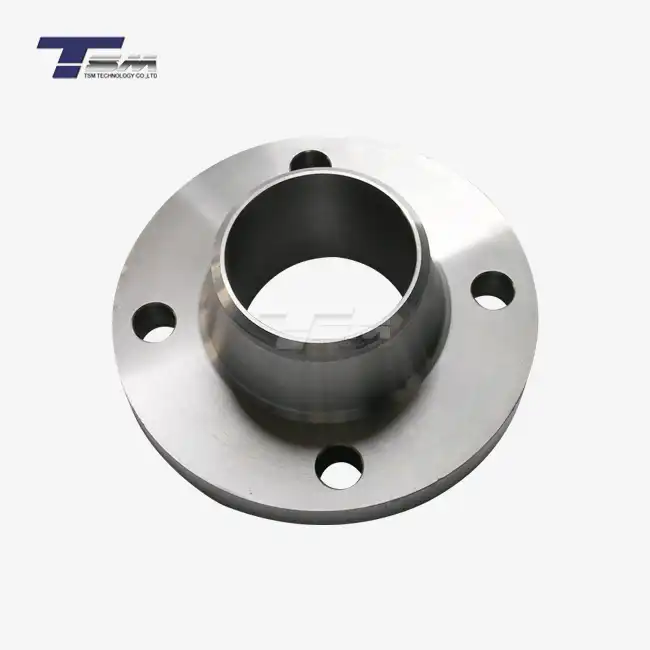- English
- French
- German
- Portuguese
- Spanish
- Russian
- Japanese
- Korean
- Arabic
- Greek
- German
- Turkish
- Italian
- Danish
- Romanian
- Indonesian
- Czech
- Afrikaans
- Swedish
- Polish
- Basque
- Catalan
- Esperanto
- Hindi
- Lao
- Albanian
- Amharic
- Armenian
- Azerbaijani
- Belarusian
- Bengali
- Bosnian
- Bulgarian
- Cebuano
- Chichewa
- Corsican
- Croatian
- Dutch
- Estonian
- Filipino
- Finnish
- Frisian
- Galician
- Georgian
- Gujarati
- Haitian
- Hausa
- Hawaiian
- Hebrew
- Hmong
- Hungarian
- Icelandic
- Igbo
- Javanese
- Kannada
- Kazakh
- Khmer
- Kurdish
- Kyrgyz
- Latin
- Latvian
- Lithuanian
- Luxembou..
- Macedonian
- Malagasy
- Malay
- Malayalam
- Maltese
- Maori
- Marathi
- Mongolian
- Burmese
- Nepali
- Norwegian
- Pashto
- Persian
- Punjabi
- Serbian
- Sesotho
- Sinhala
- Slovak
- Slovenian
- Somali
- Samoan
- Scots Gaelic
- Shona
- Sindhi
- Sundanese
- Swahili
- Tajik
- Tamil
- Telugu
- Thai
- Ukrainian
- Urdu
- Uzbek
- Vietnamese
- Welsh
- Xhosa
- Yiddish
- Yoruba
- Zulu
Top Alloys with Superior High-Temperature Oxidation Resistance
When it comes to high-temperature applications in demanding industries, selecting the right alloy with exceptional oxidation resistance is paramount. Top alloys with superior high-temperature oxidation resistance are engineered to withstand extreme conditions, maintaining their structural integrity and performance over extended periods. These advanced materials, including nickel-based superalloys and specialized stainless steels, offer a unique combination of strength, durability, and corrosion resistance at elevated temperatures. By leveraging their exceptional properties, industries such as aerospace, power generation, and chemical processing can push the boundaries of what's possible in hostile environments, ensuring safety, efficiency, and longevity in critical applications.
Understanding High-Temperature Oxidation and Its Challenges
The Science Behind High-Temperature Oxidation
High-temperature oxidation is a complex phenomenon that occurs when metals are exposed to oxygen-rich environments at elevated temperatures. This process accelerates as temperatures rise, leading to the formation of oxide layers on the material's surface. While some oxide layers can provide protection, others can be detrimental, causing rapid deterioration of the alloy's mechanical properties.

The kinetics of oxidation at high temperatures are governed by several factors, including the alloy composition, temperature, time of exposure, and environmental conditions. As temperatures increase, the rate of oxidation typically follows a parabolic growth law, where the thickness of the oxide layer is proportional to the square root of time. This relationship underscores the importance of selecting alloys that can form stable, slow-growing oxide scales to enhance longevity in high-temperature applications.
Critical Factors Affecting Oxidation Resistance
Several key factors influence an alloy's ability to resist high-temperature oxidation:
- Alloy composition: The presence of elements like chromium, aluminum, and silicon can promote the formation of protective oxide scales.
- Microstructure: A fine-grained structure often enhances oxidation resistance by providing more nucleation sites for protective oxide formation.
- Surface condition: Smooth surfaces tend to exhibit better oxidation resistance than rough ones.
- Thermal cycling: Repeated heating and cooling can cause spallation of protective oxide layers, accelerating oxidation.
- Environmental contaminants: The presence of salts or sulfur can significantly degrade oxidation resistance.
Industry-Specific Challenges in High-Temperature Applications
Different industries face unique challenges when it comes to high-temperature oxidation:
In aerospace, turbine engines operate at temperatures approaching the melting point of many conventional alloys. Here, oxidation resistance must be balanced with mechanical strength and weight considerations. The power generation sector deals with long-term exposure to high temperatures and pressures in steam turbines and boilers, requiring alloys that maintain their properties over decades of service. Chemical processing industries often contend with corrosive environments in addition to high temperatures, necessitating alloys that can withstand multiple degradation mechanisms simultaneously.
Characteristics of Superior High-Temperature Oxidation Resistant Alloys
Key Alloying Elements for Enhanced Oxidation Resistance
The superior performance of high-temperature oxidation resistant alloys is largely attributed to their carefully engineered compositions. Chromium is often the primary alloying element, forming a protective Cr2O3 layer that slows down further oxidation. Aluminum and silicon play similar roles, creating Al2O3 and SiO2 scales, respectively. These oxides are particularly effective due to their high melting points and slow growth rates.
Nickel, as a base element, provides excellent high-temperature strength and stability. It also synergizes well with chromium to form a spinel-type oxide that enhances protection. Minor additions of reactive elements such as yttrium, hafnium, or cerium can significantly improve scale adhesion, reducing the risk of spallation during thermal cycling.
Microstructural Features Contributing to Oxidation Resistance
The microstructure of high-temperature alloys plays a crucial role in their oxidation resistance. A fine-grained structure increases the number of grain boundaries, which act as fast diffusion paths for protective element migration to the surface. This facilitates the rapid formation of a continuous protective oxide layer. Additionally, certain precipitates can act as anchoring points for the oxide scale, improving its adherence to the substrate.
In some advanced alloys, a two-phase microstructure is deliberately engineered. For instance, in nickel-based superalloys, the presence of γ' precipitates not only enhances mechanical properties but also contributes to oxidation resistance by acting as reservoirs for aluminum, promoting the formation of a stable Al2O3 layer.
Surface Modifications and Coatings for Enhanced Protection
While the inherent properties of high-temperature alloys are crucial, surface modifications and coatings can further enhance their oxidation resistance. Aluminide coatings, formed by diffusing aluminum into the alloy surface, create an aluminum-rich layer that readily forms a protective Al2O3 scale. Thermal barrier coatings (TBCs) consisting of ceramic top coats provide an additional layer of protection by reducing the metal temperature and acting as a barrier to oxygen diffusion.
Newer techniques like pack cementation and chemical vapor deposition allow for the creation of complex, multi-element diffusion coatings. These can be tailored to specific environmental conditions, providing optimized protection against oxidation and other forms of high-temperature corrosion.
Top Alloy Systems for High-Temperature Oxidation Resistance
Nickel-Based Superalloys: The Pinnacle of High-Temperature Performance
Nickel-based superalloys stand at the forefront of materials designed for extreme high-temperature environments. These alloys, such as those in the Inconel and Hastelloy families, offer an exceptional combination of oxidation resistance, creep strength, and fatigue resistance at temperatures exceeding 1000°C. Their superiority stems from a carefully balanced composition of elements including chromium, aluminum, titanium, and small amounts of reactive elements.
The microstructure of these superalloys typically consists of a γ matrix strengthened by coherent γ' precipitates. This structure not only provides mechanical strength but also contributes to oxidation resistance. The high chromium content (often 15-30%) ensures the formation of a protective Cr2O3 layer, while aluminum (up to 6%) can form an even more protective Al2O3 scale under certain conditions.
Advanced Stainless Steels for Moderate to High-Temperature Applications
While not suitable for the most extreme temperatures, advanced stainless steels offer excellent oxidation resistance in moderate to high-temperature applications, typically up to 800-900°C. Austenitic stainless steels, particularly those with high chromium and nickel contents, are widely used in various industries due to their combination of oxidation resistance, strength, and cost-effectiveness.
Ferritic stainless steels containing high levels of chromium and small additions of aluminum or silicon have found niche applications where their superior resistance to stress corrosion cracking complements their oxidation resistance. These alloys, often referred to as "superferritic" steels, can maintain their protective oxide scales even under thermal cycling conditions.
Emerging Alloy Systems: Pushing the Boundaries of High-Temperature Performance
The quest for materials capable of withstanding even higher temperatures has led to the development of novel alloy systems. Refractory metal alloys based on elements like molybdenum and niobium show promise for ultra-high temperature applications, potentially exceeding the capabilities of nickel-based superalloys. However, their susceptibility to catastrophic oxidation necessitates the development of advanced coatings or the addition of silicon to form protective silica scales.
Intermetallic compounds, particularly those based on the Ni3Al system, are another area of intense research. These materials can exhibit excellent oxidation resistance due to their ability to form stable Al2O3 scales. Ongoing work aims to overcome their inherent brittleness, potentially leading to a new class of high-temperature materials that combine the best attributes of metals and ceramics.
As the demands for higher operating temperatures continue to grow across various industries, the development of new alloy systems and the refinement of existing ones remain at the forefront of materials science. The ability to push the boundaries of high-temperature oxidation resistance will undoubtedly enable new technological advancements in energy efficiency, aerospace capabilities, and industrial processes.
Conclusion
The realm of high-temperature oxidation resistant alloys represents a pinnacle of materials engineering, where composition, microstructure, and surface treatments converge to create materials capable of withstanding extreme environments. From nickel-based superalloys to advanced stainless steels and emerging intermetallic compounds, these materials are crucial in pushing the boundaries of what's possible in high-temperature applications. As industries continue to demand higher performance and efficiency, the ongoing development and refinement of these alloys will play a vital role in shaping future technologies. By understanding and harnessing the principles of high-temperature oxidation resistance, engineers and scientists can continue to innovate, creating materials that not only withstand harsh conditions but thrive in them, opening new possibilities across a spectrum of critical industries.
Contact Us
For more information about our superior high-temperature oxidation resistant alloys and how they can benefit your specific application, please don't hesitate to reach out. Contact TSM TECHNOLOGY at info@tsmnialloy.com to discuss your needs and discover how our expertise in superior nickel alloys can drive your projects forward.
References
Young, D. J. (2016). High Temperature Oxidation and Corrosion of Metals (Second Edition). Elsevier.
Reed, R. C. (2006). The Superalloys: Fundamentals and Applications. Cambridge University Press.
Khanna, A. S. (2002). Introduction to High Temperature Oxidation and Corrosion. ASM International.
Birks, N., Meier, G. H., & Pettit, F. S. (2006). Introduction to the High-Temperature Oxidation of Metals. Cambridge University Press.
Meetham, G. W., & Van de Voorde, M. H. (2012). Materials for High Temperature Engineering Applications. Springer Science & Business Media.
Gurrappa, I., & Sambasiva Rao, A. (2006). Thermal barrier coatings for enhanced efficiency of gas turbine engines. Surface and Coatings Technology, 201(6), 3016-3029.
Learn about our latest products and discounts through SMS or email



